Filter
Sort by:
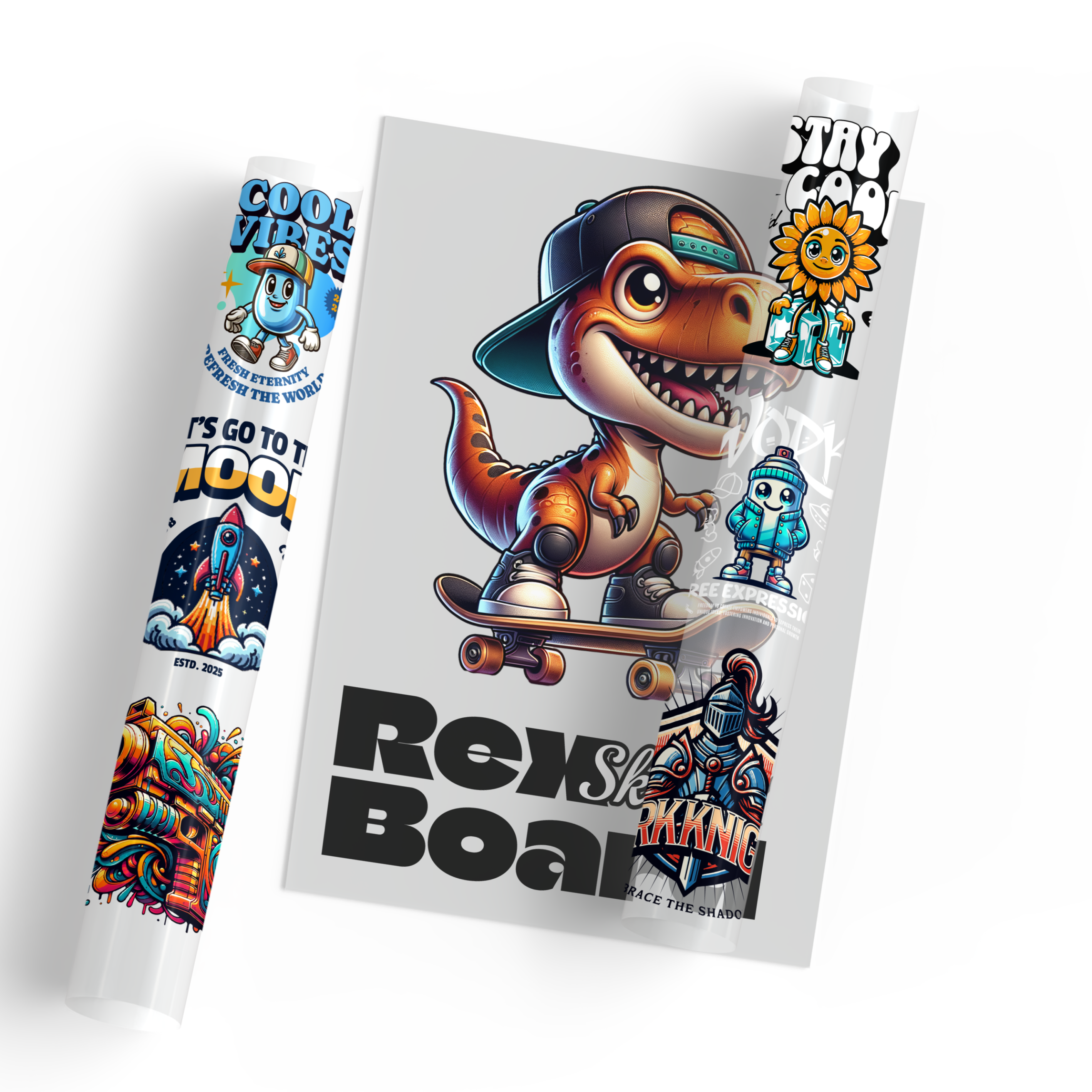
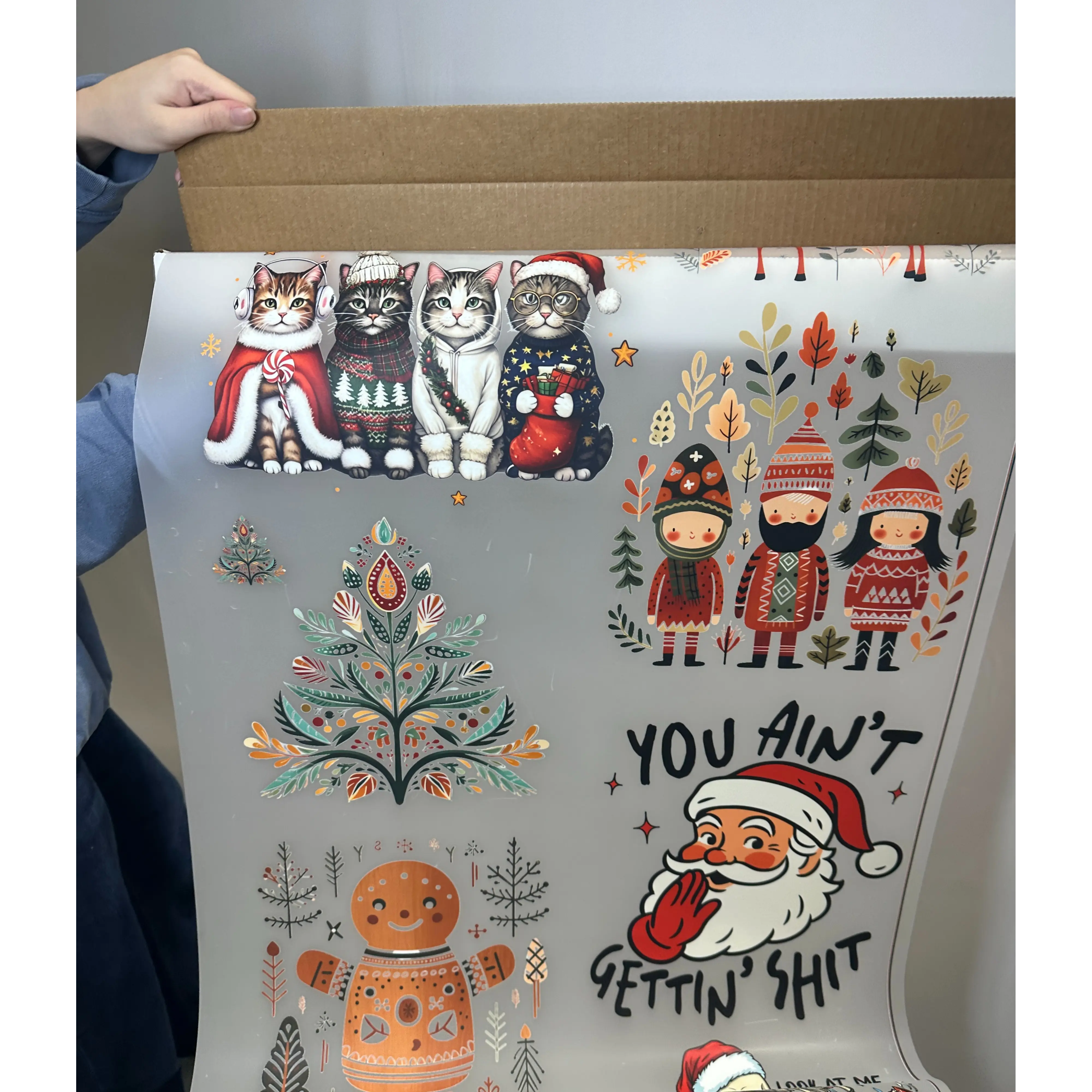
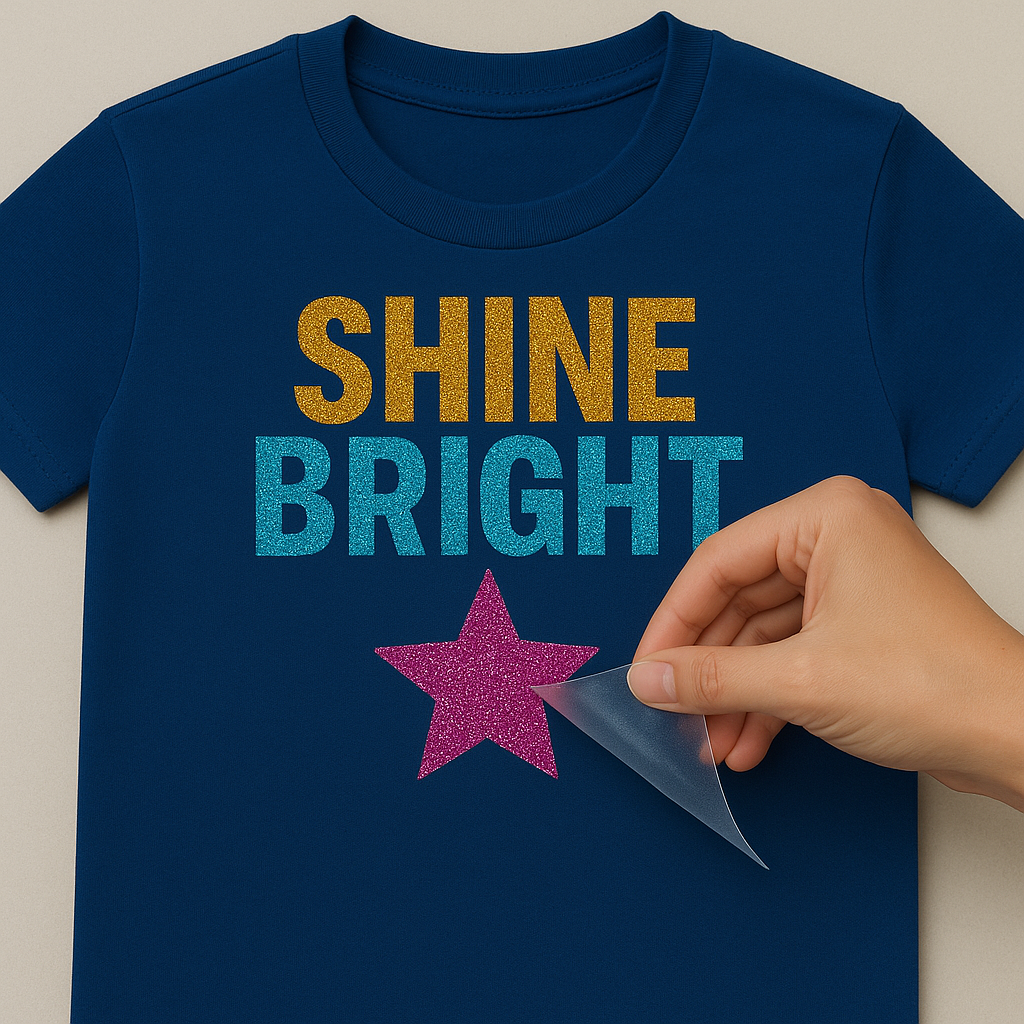
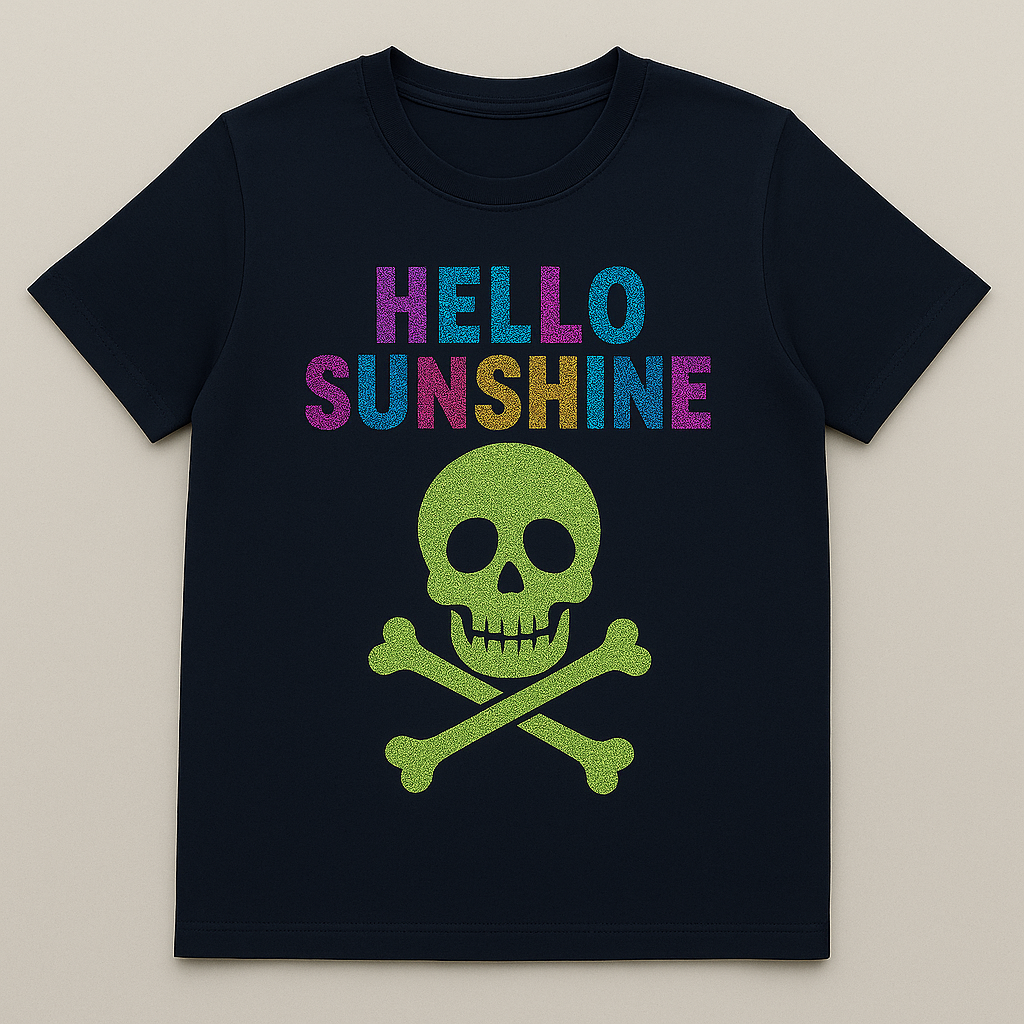
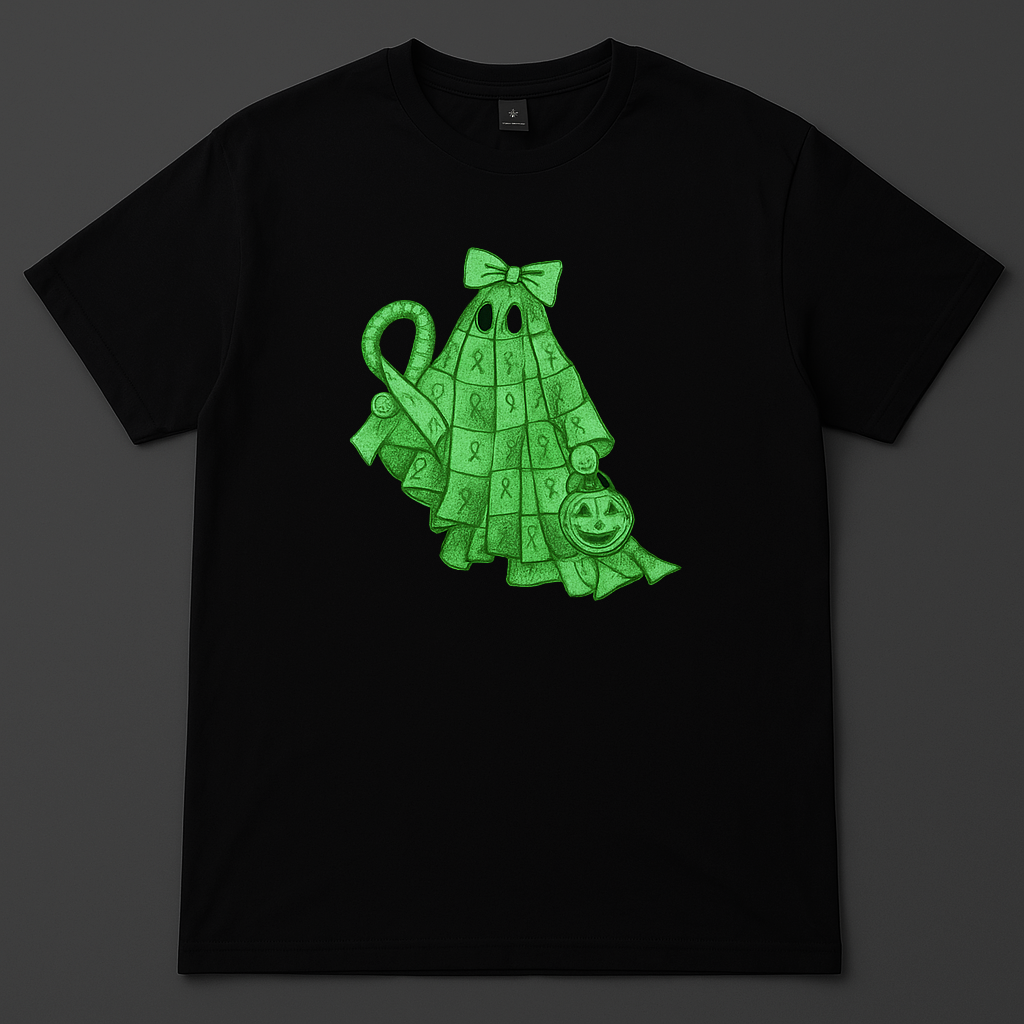
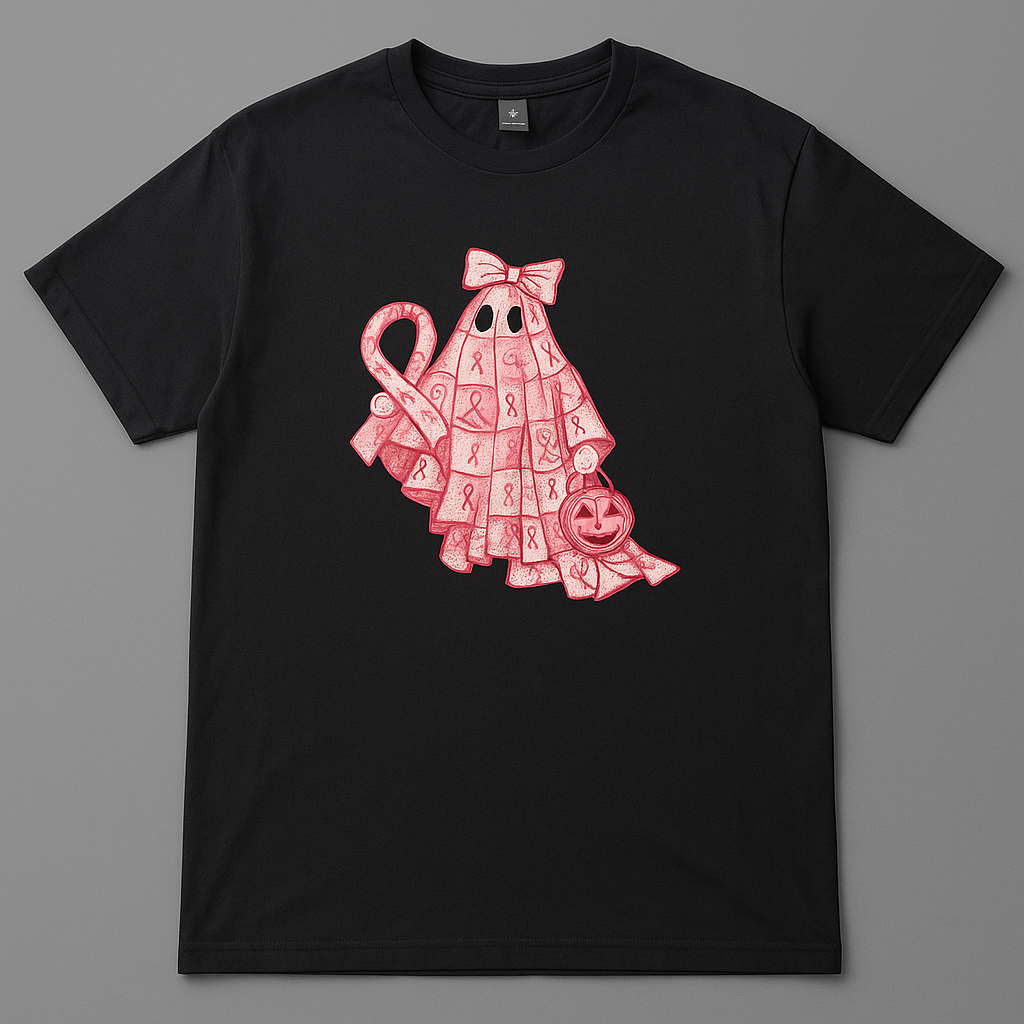
DTF Heat Transfers
DTF Heat Transfers: A Complete Guide to Design and Application
DTF (Direct to Film) heat transfers have revolutionized the world of custom apparel and fabric printing. Whether you're a small business owner, a hobbyist, or a large manufacturer, DTF transfers offer a fast, efficient, and high-quality solution for transferring designs to fabrics. This comprehensive guide will explore everything you need to know about DTF heat transfers, their benefits, how they work, and why they are the perfect choice for your next custom project.
What Are DTF Heat Transfers?
DTF heat transfers are a modern printing method that uses special film and a heat press to transfer designs directly onto textiles. Unlike traditional screen printing or sublimation printing, DTF transfers do not require the fabric to be pre-treated, making them a versatile choice for a variety of materials. This printing technique is popular for its ability to create vibrant, long-lasting designs on both light and dark fabrics.
Key Benefits of Using Heat Transfer Film
Durability and Quality
Direct to Film Transfers produce high-quality prints that are both durable and vibrant. The transfer's color vibrancy and crisp details make it a favorite for t-shirts, hoodies, bags, and other textile products. Plus, the designs maintain their integrity even after multiple washes, ensuring your custom designs stay sharp and professional.
Versatility Across Fabrics
One of the standout features of Heat Transfer Films is their versatility. They can be applied to a wide range of materials, including cotton, polyester, blends, and more. This makes them ideal for creating custom apparel, accessories, and even home décor items.
No Minimum Order Requirements
Unlike some traditional printing methods, DTF transfers allow for small, one-off custom designs. This is perfect for entrepreneurs, small business owners, and hobbyists who want to produce high-quality custom products without committing to large quantities.
Quick Turnaround Time
Direct to Film Transfer printing offers a faster production process compared to traditional methods like screen printing. Once the designs are printed on the film, they are ready to be transferred to the fabric in a matter of minutes, reducing wait times for your customers.
How Do Heat Transfer Film Work?
DTF transfers start with creating the design on a special transfer film. The design is printed onto this film using a specialized printer and ink. The printed film is then coated with a powder adhesive, which sticks to the ink. After the adhesive is applied, the film is heated to ensure the powder bonds properly with the ink.
Once the film is ready, it's placed on the fabric, and a heat press is used to transfer the design. The heat from the press causes the adhesive to melt, bonding the design permanently to the fabric. After the transfer is complete, the film is removed, and you're left with a crisp, vibrant print.
Why Choose DTF Heat Transfers for Custom Apparel?
Cost-Effective for Small Runs
Direct to Film Transfers are an excellent choice for custom apparel businesses that may not have the budget for large-scale production. Unlike traditional screen printing, which requires screen setups and higher initial investments, DTF allows you to print designs without the need for expensive setup fees.
Superior Print Quality
DTF transfers offer superior print quality compared to other methods. The prints have a soft feel, unlike the heavy texture left by traditional screen prints. The designs are also more durable, ensuring that they won’t crack or fade over time, even with repeated washing.
Fast and Efficient
DTF transfers allow for a much faster production turnaround time. This makes them ideal for businesses that need to meet tight deadlines or fulfill customer orders quickly.
No Special Fabric Requirements
Unlike sublimation, which requires specific fabrics like polyester, Direct to Film Transfers can be applied to almost any type of fabric. Whether you're printing on light or dark materials, cotton or polyester, DTF transfers will adhere seamlessly.
How to Apply Heat Transfer Film
Applying Direct to Film Transfers is a straightforward process. Here’s how to do it step-by-step:
-
Prepare the Transfer Film: Print your design onto the DTF film using a compatible printer and the appropriate inks. Make sure to apply the adhesive powder to the printed film.
-
Preheat the Heat Press: Set your heat press to the recommended temperature, usually between 160-180°C (320-356°F).
-
Place the Transfer on Fabric: Position the printed transfer film onto the desired area of your fabric.
-
Press the Design: Use the heat press to apply pressure and heat to the transfer film. The time and temperature will vary based on the material being printed on.
-
Peel the Film: Once the transfer process is complete, peel off the film to reveal your custom design.
DTF Heat Transfers: The Best Solution for Custom Apparel Printing
Direct to Film Transfers are the future of custom apparel printing. Whether you're a seasoned printer or just starting out, DTF transfers offer a range of benefits, including high-quality prints, cost-efficiency, and versatility across fabric types. If you’re looking to create custom t-shirts, hoodies, or other textile items, Direct to Film Transfers should be your go-to solution.
Product Features
- High-Quality Prints: Produces vibrant, durable designs with sharp details.
- Versatile: Works on cotton, polyester, and blends.
- No Minimum Orders: Ideal for small businesses or one-off designs.
- Quick Turnaround: Fast application with minimal setup time.
- Durable: Designs remain intact through multiple washes.
Conclusion
Whether you are creating custom t-shirts for a business or producing personal items for special events, DTF heat transfers provide a fantastic way to achieve professional-looking results quickly and efficiently. If you want to get started with custom apparel printing, investing in DTF heat transfer technology is a smart decision for long-lasting, vibrant designs.





